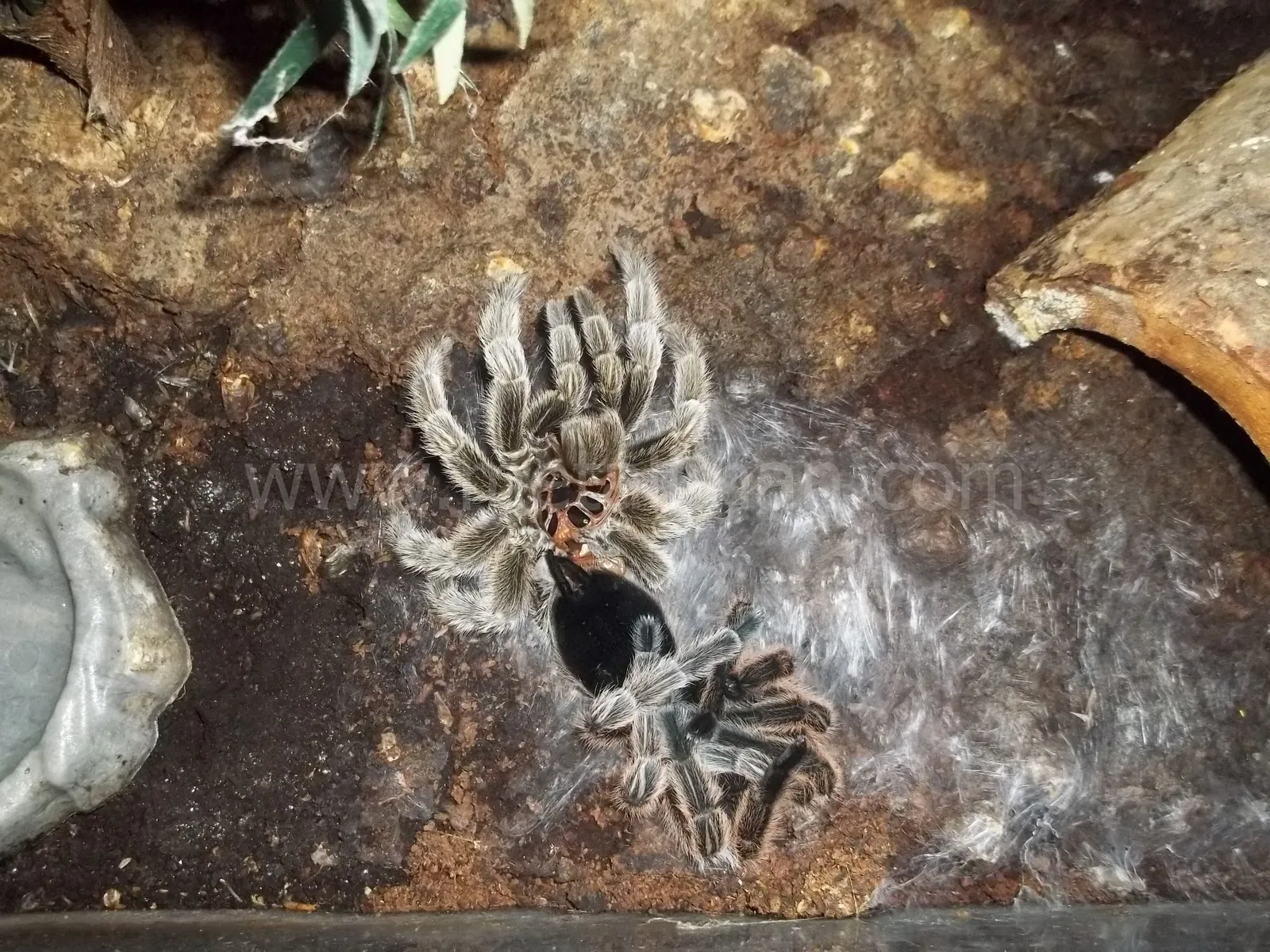What is Molting in Tarantulas?
Molting, or ecdysis, is a crucial and natural process for tarantulas, essential for their growth and survival. Unlike mammals, tarantulas have an exoskeleton made of chitin, which doesn’t grow. As the tarantula grows, it outgrows this hard outer shell. To accommodate this, tarantulas shed their exoskeleton, revealing a new, larger one underneath. This process allows them to increase in size, repair damaged limbs, and rid themselves of parasites. Molting is a vulnerable time for tarantulas, as they are soft-bodied and defenseless during this period. Understanding the molting process is critical for any tarantula owner to ensure their pet’s well-being and prevent potential complications that could lead to death.
The Molting Process
The molting process is a complex series of events. It begins with the formation of a new exoskeleton beneath the old one. The tarantula will stop eating and become less active, often sealing itself in its burrow or a secure location. During the molt, the tarantula absorbs fluids, causing the old exoskeleton to split open, typically along the carapace (the top of the cephalothorax) and the abdomen. The tarantula then slowly extracts itself from the old shell, a process that can take anywhere from a few minutes to several hours, depending on the size and the individual tarantula. After shedding, the tarantula is soft and vulnerable, with its new exoskeleton hardening over a period of days or even weeks, depending on the species and environmental conditions. During this hardening period, the tarantula is particularly susceptible to injury.
Preparing for Molting
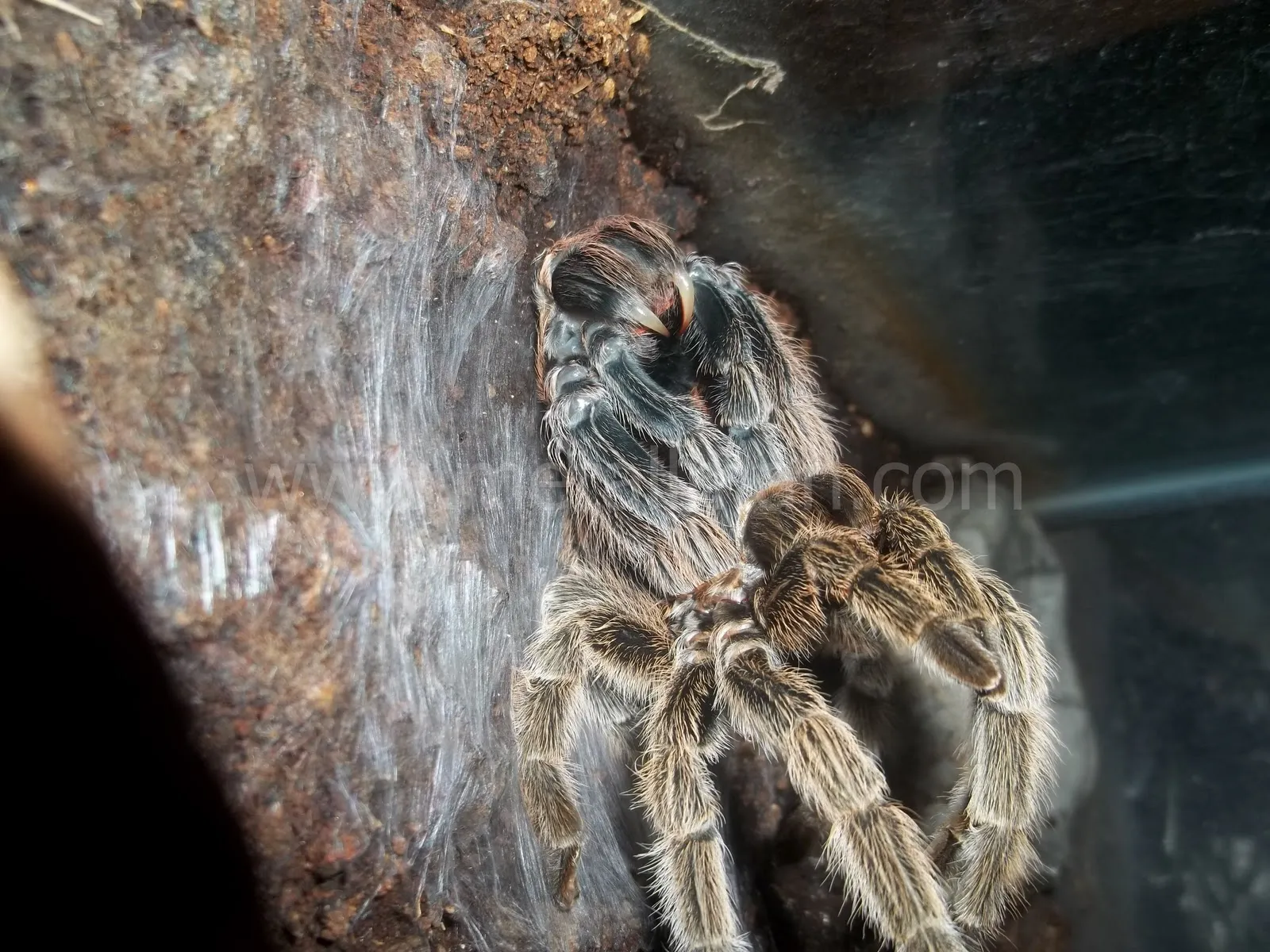
As a tarantula approaches a molt, several signs indicate it’s preparing. The most common sign is a decrease or complete cessation of eating. The tarantula may also become less active, spending more time in its burrow or a sheltered area. The abdomen may appear darker or more distended as the new exoskeleton develops. The tarantula may also create a web mat or silk lining in its enclosure, providing a safe space for the molt. It’s crucial to avoid disturbing the tarantula during this period. Do not offer food or handle the tarantula until it has fully hardened after the molt. Providing the right environmental conditions during this preparation phase plays a vital role in successful molting and a healthy outcome.
Potential Causes of Death During Molting
While molting is a natural process, it can be a dangerous time for tarantulas, and unfortunately, sometimes tarantulas die during this process. Several factors can contribute to a fatal outcome. These include dehydration, injury during the molt, failed molts, and environmental issues. Recognizing these potential causes and taking preventative measures can significantly improve the chances of a successful molt and the survival of your pet. It is essential to understand these risks to provide the best possible care for your tarantula and minimize the likelihood of complications during molting. Being vigilant and prepared is key to helping your tarantula thrive.
Dehydration
Dehydration is a leading cause of molting-related deaths in tarantulas. A dehydrated tarantula struggles to extract itself from its old exoskeleton. The molting process requires significant fluid intake, and if the tarantula is dehydrated, the new exoskeleton will not form correctly, and the old exoskeleton will not split properly. Symptoms of dehydration include a shriveled appearance, especially of the abdomen, and a general lack of energy. To prevent dehydration, ensure a consistent supply of fresh water in a shallow dish or by misting the enclosure regularly. The humidity levels need to be appropriate for the tarantula species, and this is crucial, especially during the molting cycle. Monitoring the tarantula for signs of dehydration is important, and immediate action is required.
Injury During the Molt
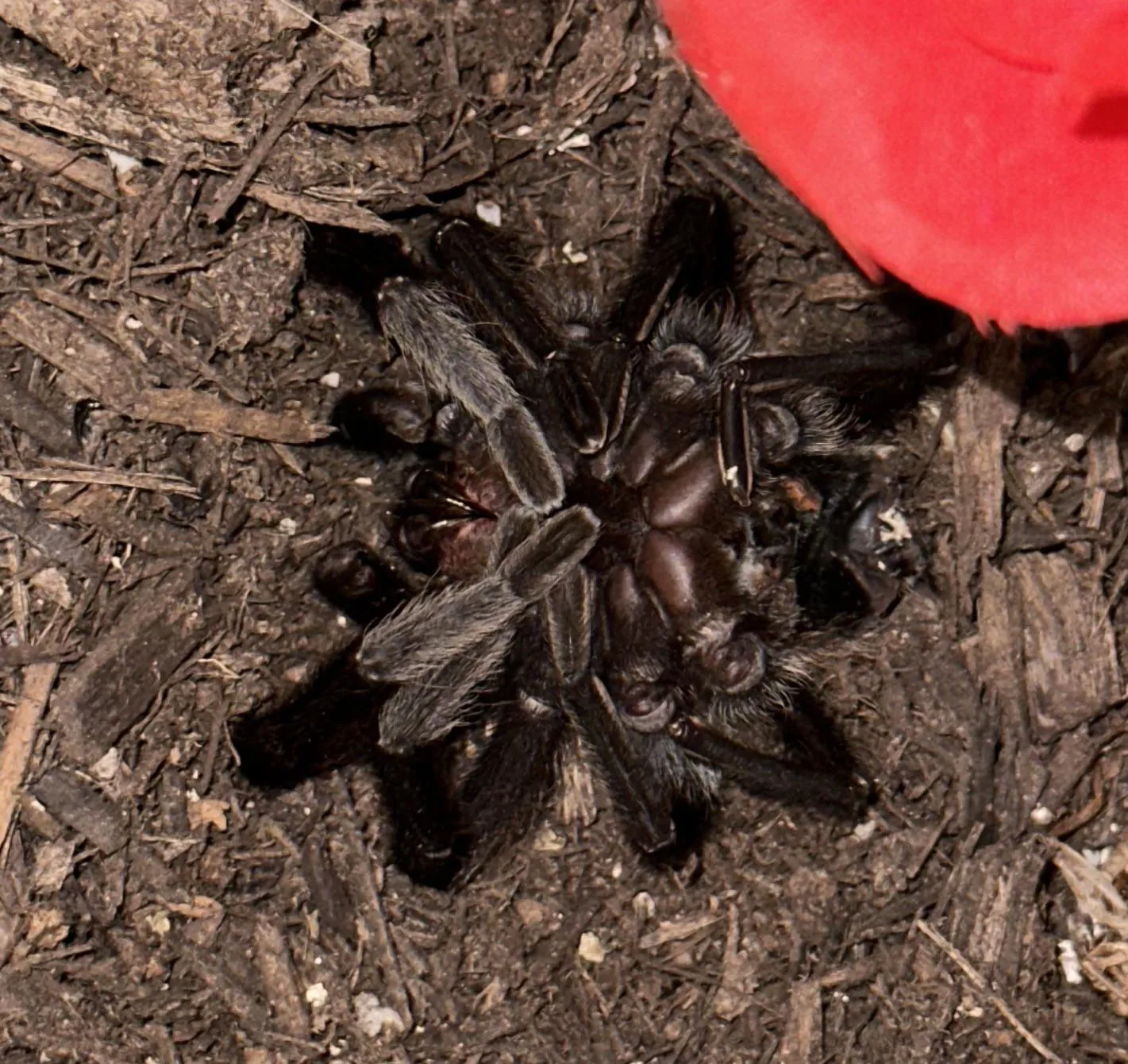
Tarantulas are incredibly vulnerable during a molt. The exoskeleton is soft, and even minor injuries can be fatal. A tarantula can be injured if it falls or gets stuck during the molting process. Environmental hazards such as sharp objects in the enclosure can also pose a risk. It is vital to ensure the enclosure is free of hazards. Avoid disturbing the tarantula during the molt and provide a safe environment. If a tarantula is injured, it may be unable to complete the molt, or the new exoskeleton may not develop properly. Prompt intervention from an experienced arachnid veterinarian may be necessary in the event of any injury. Prevention is the best medicine, so the focus should be on creating a secure environment.
Failed Molt
A failed molt, where the tarantula is unable to shed its old exoskeleton completely, is a serious problem. This can be caused by various factors, including dehydration, environmental issues, and underlying health problems. The tarantula may become stuck in its old shell, or parts of the exoskeleton may remain attached. A failed molt can lead to suffocation, injury, or infection. It is important to maintain proper humidity levels and provide a clean enclosure. If a tarantula appears to be struggling during a molt, do not try to interfere. Instead, monitor the situation carefully. Gently moistening the area around the tarantula may help, but avoid pulling or forcing the exoskeleton. If the molt is not progressing, consult with an experienced arachnid veterinarian for guidance.
Environmental Factors
Environmental conditions play a critical role in the success of a tarantula’s molt. The proper humidity, temperature, and substrate are essential for the tarantula’s health and survival. Improper environmental conditions can stress the tarantula, making it more susceptible to molting problems. Maintaining a consistent environment is important throughout the year, especially during the molting cycle. Monitoring these factors and adjusting them as needed is essential for any tarantula keeper. A well-maintained environment reduces the risk of molting complications and ensures the tarantula has the best possible chance of a successful molt.
Humidity and Temperature
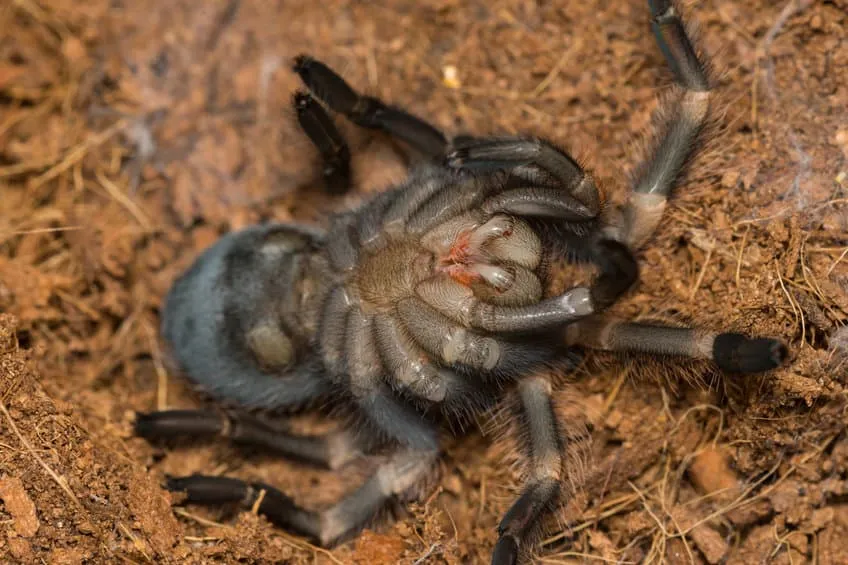
Humidity is critical for the molting process. Low humidity can lead to dehydration and a failed molt, while excessively high humidity can promote mold growth and other issues. The ideal humidity level varies depending on the tarantula species, so research the specific needs of your pet. Use a hygrometer to monitor the humidity levels in the enclosure and adjust the humidity by misting the enclosure with water or adding a water dish. Temperature also plays a crucial role, as it affects the tarantula’s metabolism and overall health. Maintain a stable temperature within the recommended range for your tarantula species. Avoid sudden temperature fluctuations, which can stress the tarantula and interfere with the molting process. Providing the correct humidity and temperature conditions creates the optimal conditions for molting.
Substrate and Enclosure
The substrate, or bedding, in the enclosure should be appropriate for the tarantula species. It should hold moisture, allow the tarantula to burrow (if applicable), and be free of any potential hazards. Avoid using substrates with sharp edges or toxic chemicals. The enclosure size should be appropriate for the tarantula’s size, with enough space for movement and molting. Ensure the enclosure is well-ventilated to prevent mold growth and maintain air quality. Provide hiding places, such as a cork bark or a hide, to provide security and reduce stress. The substrate should be changed regularly to prevent the buildup of waste and maintain a healthy environment. Properly choosing and maintaining the substrate and enclosure enhances the tarantula’s chances of a successful molt.
How to Prevent Molting Deaths
Preventing molting-related deaths involves providing optimal care, monitoring your tarantula’s condition, and being prepared for the molting process. Several proactive measures can significantly reduce the risk of complications. These include providing the correct environmental conditions, offering proper nutrition and hydration, and recognizing the signs of a difficult molt. By taking a proactive approach to tarantula care, owners can greatly increase the chances of a successful molt and the long-term health of their pet. The focus should always be on prevention, vigilance, and prompt action when problems arise.
Providing Proper Enclosure Conditions
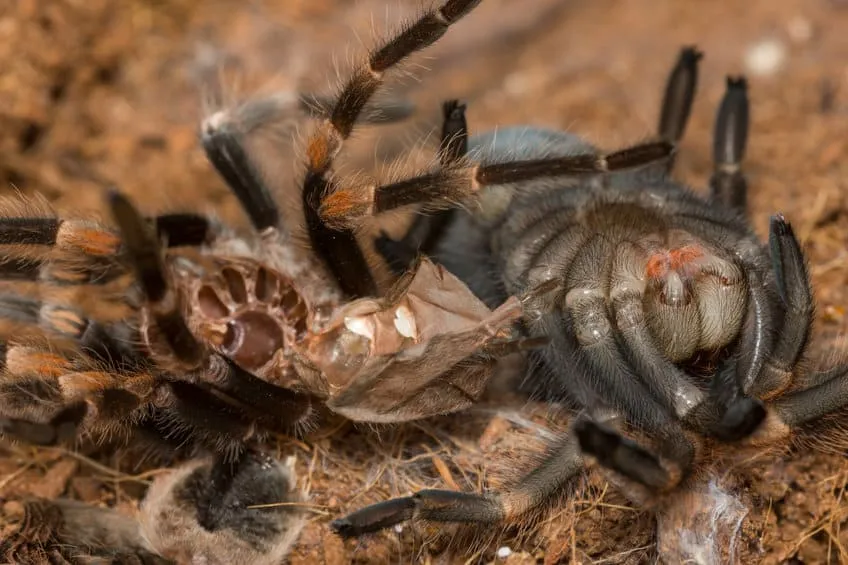
The environment must be appropriate for the tarantula’s species and it is crucial for preventing molting issues. This includes the correct temperature, humidity, and substrate. Research the specific needs of your tarantula species and create an environment that mimics its natural habitat as closely as possible. Ensure the enclosure is well-ventilated and clean. Avoid overcrowding the enclosure, as it can stress the tarantula. Regularly monitor the enclosure’s conditions and make adjustments as needed to maintain the optimal environment. Providing the right conditions reduces stress and helps the tarantula to molt successfully.
Feeding and Hydration
Proper nutrition and hydration are critical for a healthy tarantula, especially during molting. Provide a varied diet of appropriate insects and a consistent source of fresh water. Avoid overfeeding, as obesity can lead to health problems. Ensure the tarantula has access to a shallow water dish and that the enclosure is misted regularly to maintain humidity. During the premolt phase, the tarantula may stop eating. Do not force-feed the tarantula. Continue to provide water and monitor its condition. Proper feeding and hydration ensures the tarantula has the energy and resources it needs to complete the molting process successfully.
Recognizing Signs of a Difficult Molt
It’s important to recognize the signs of a difficult molt early on. These signs include the tarantula struggling to extract itself from its old exoskeleton, being stuck in the old shell for an extended period, and any visible injuries. If you notice these signs, do not attempt to intervene unless you are an experienced arachnid keeper or have consulted with an expert. Gently moistening the area around the tarantula can sometimes help. However, pulling or forcing the exoskeleton can cause serious harm. In the event of a difficult molt, consult with an experienced arachnid veterinarian as soon as possible. Early intervention can sometimes save the tarantula’s life. Monitoring the molt process can help to prevent unnecessary deaths.
In conclusion, tarantulas dying while molting is a heartbreaking event, but understanding the molting process, the potential causes of death, and the preventive measures can significantly improve the chances of a successful molt. By providing the right environment, nutrition, and hydration, and by recognizing and addressing potential problems promptly, you can help your tarantula thrive. While molting can be a stressful period, with proper care, your tarantula can successfully shed its old exoskeleton and continue its life cycle, leading to a healthy and long life.
